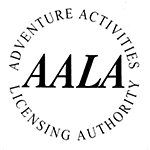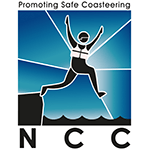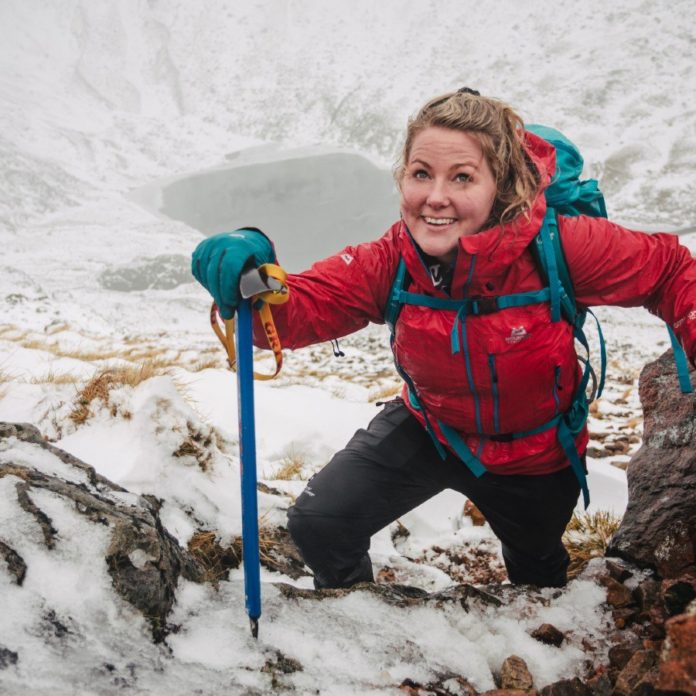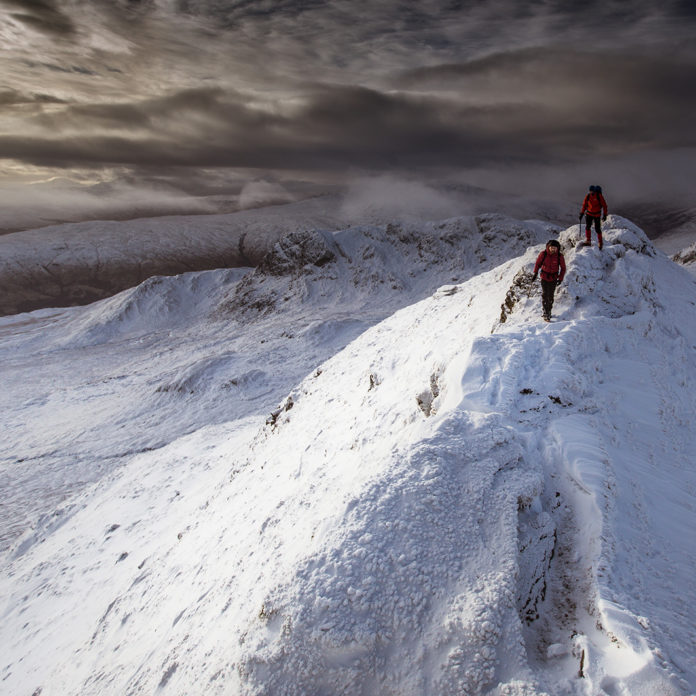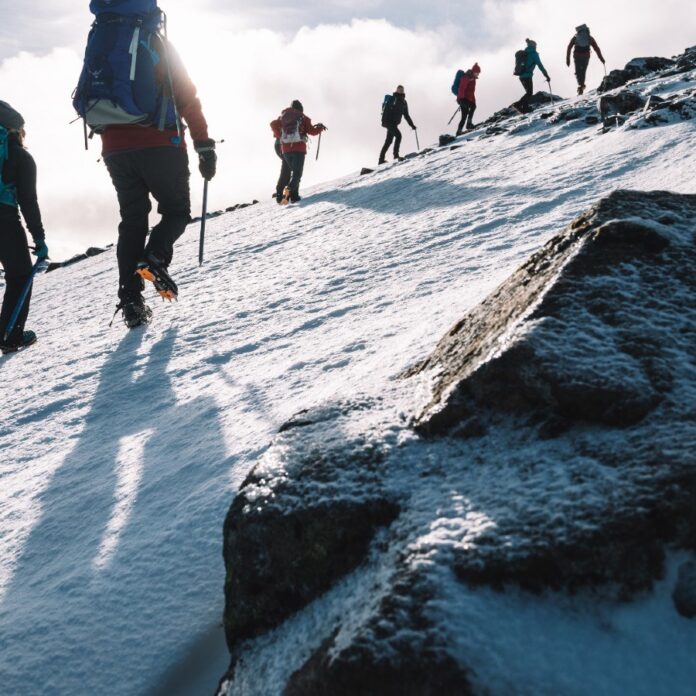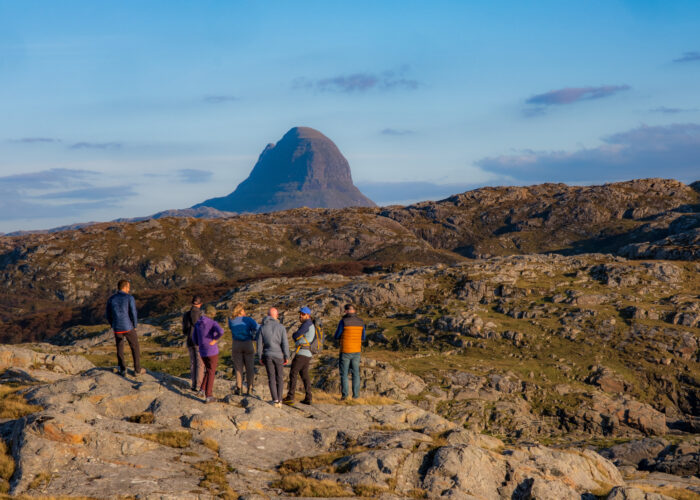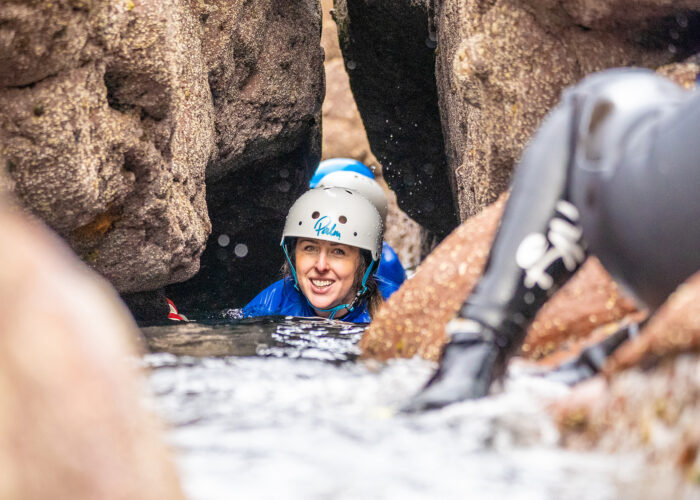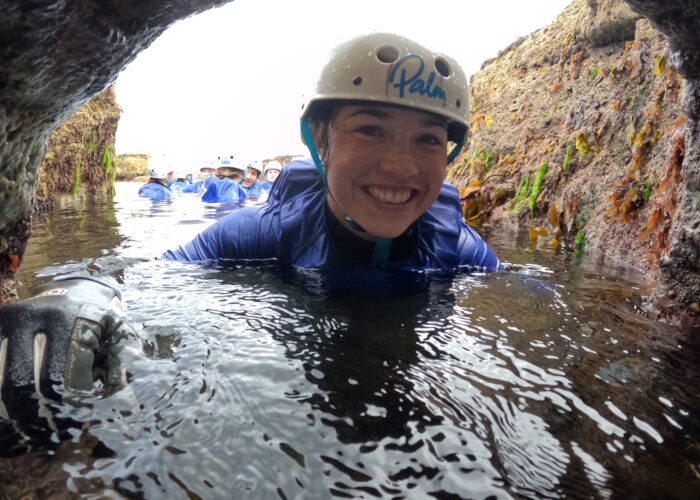10 Top Tips For Winter Mountaineering In Scotland
About Winter Hillwalking in Scotland
The Scottish mountains in winter are spectacular; we are out there every week guiding clients in some of the most beautiful and unique mountain wilderness in Europe.
Scotland is also unique in how quickly mountain conditions can change, from relatively benign, to whiteout and full winter conditions in a matter of minutes. Here we look at 10 top tips for safe winter mountaineering in Scotland.
Share
1. Experience
Don’t run before you can walk.
To venture safely into the Scottish mountains during winter needs experience, knowledge, and an understanding of winter conditions. This experience takes time to learn and consolidate and we would always advise undertaking professional training from qualified and reputable providers.
You could join a professional winter mountaineering day, or winter skills course to start building your experience and knowledge bank on the mountains in winter. You can see our Ocean Vertical courses here.
2. Weather Forecasts
Get familiar with the Mountain Weather Information.
The Mountain Weather Information Service provides forecasts to aid safety for 10 mountain regions across the UK. Most importantly, this service gives the forecast for the summits of mountains not ground level. It includes, summit wind speeds, precipitation, cloud coverage, visibility, temperature, and freezing level. Get familiar with this service and keep a close eye on the any changes to the forecast in the run up to your trip.
You can also check out the web cams at the different ski areas in Scotland. These will give you a real time image of exactly how the terrain is looking.
3. Avalanche Reports
Get familiar with Scottish Avalanche Information Service.
Being safe in the mountains in Scotland requires an understanding of avalanches, their causes and how to read an avalanche report. We would always advise taking a course in winter mountaineering that includes avalanche safety and regularly practicing the skills you learn.
The Sport Scotland SAIS publishes a daily forecast of avalanche, snow and climbing conditions across six area of Scotland throughout the winter.
SAIS have produced some ‘Be Avalanche Aware!’ resources that can be viewed here.
4. Route Planning
Choose your route based on the information you have collected.
With the data to hand from your weather forecasts, avalanche reports and webcams you can start to formulate a well-informed plan and route for the day. These services will have allowed you to build a picture on wind conditions, freezing level, precipitation, and avalanche hazards – specifically in relation to aspect and elevation.
It is important not to get too focused on a plan, things change quickly in winter, and you need to be reading the terrain as you move through it. If things don’t seem right, have A plan B and even a plan C.
5. Choose the right clothing
Choosing the right clothing is essential for an enjoyable, warm and safe day in the mountains. It is all about layers.
Start with a base layer top and bottom, and long wool socks. Then a lightweight fleece and synthetic trousers, windproof if possible. A lightweight gilet is also a great layering piece, keeping the core warm and the arms well ventilated.
You will need a warm synthetic insulated jacket, again preferably windproof. In Scotland go for synthetic over down. When down gets wet, it stays wet and looses its insulation properties. Synthetics keep you warm, even when wet.
For your outermost layer a wind and waterproof jacket [with helmet compatible hood], and trousers are essential. This is your ultimate line of defence against wind, snow, hail, spindrift, sleet and rain. Quite possibly all in the same day, and sometimes all in the same hour.
Bring several pairs of gloves, you will need to be able to change these as they get wet. And don’t forget your hat! [Please scroll and read on!]
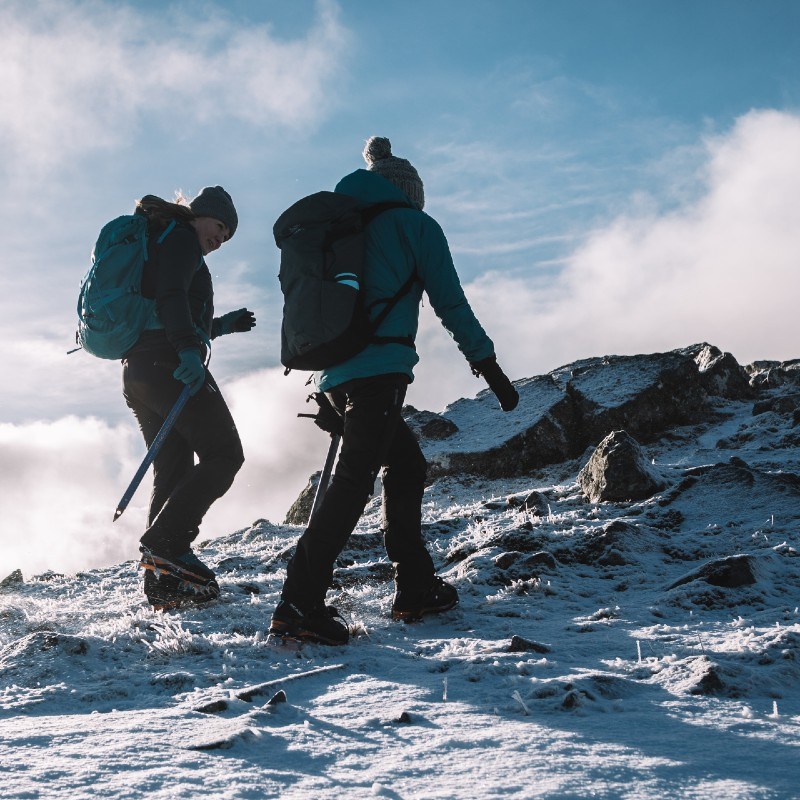
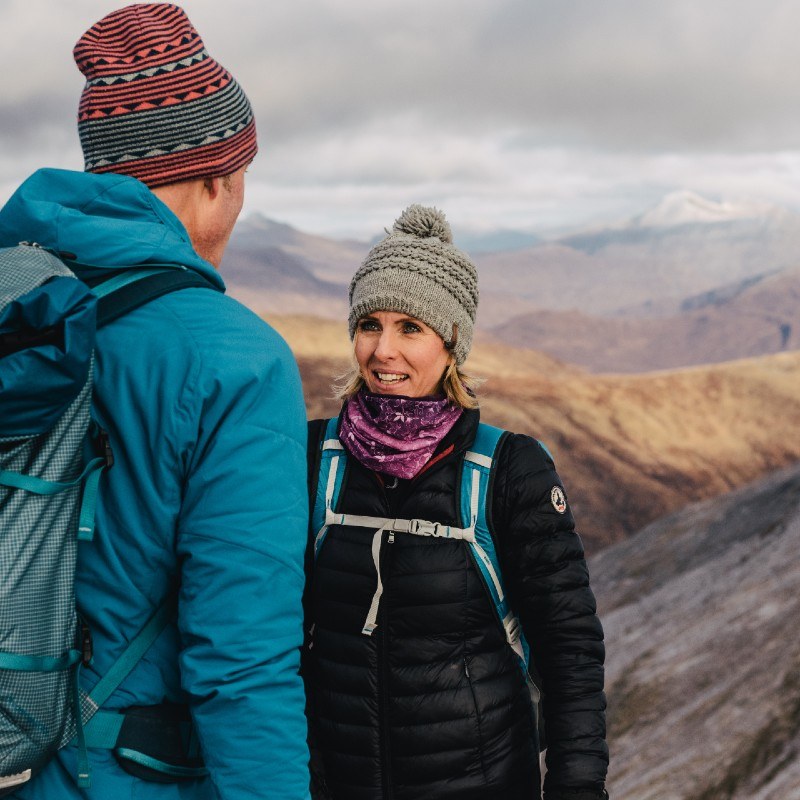
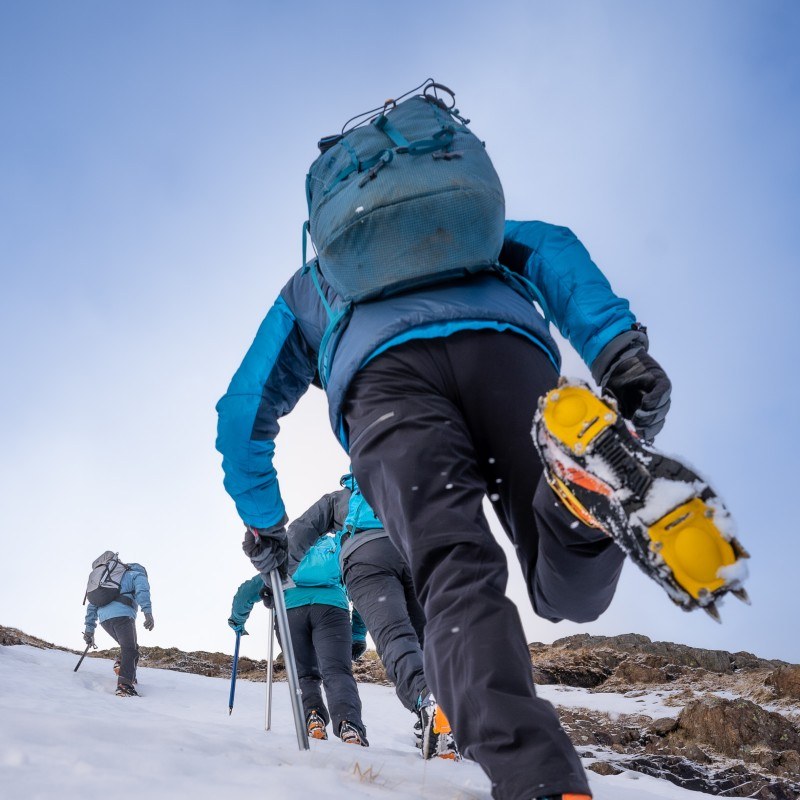
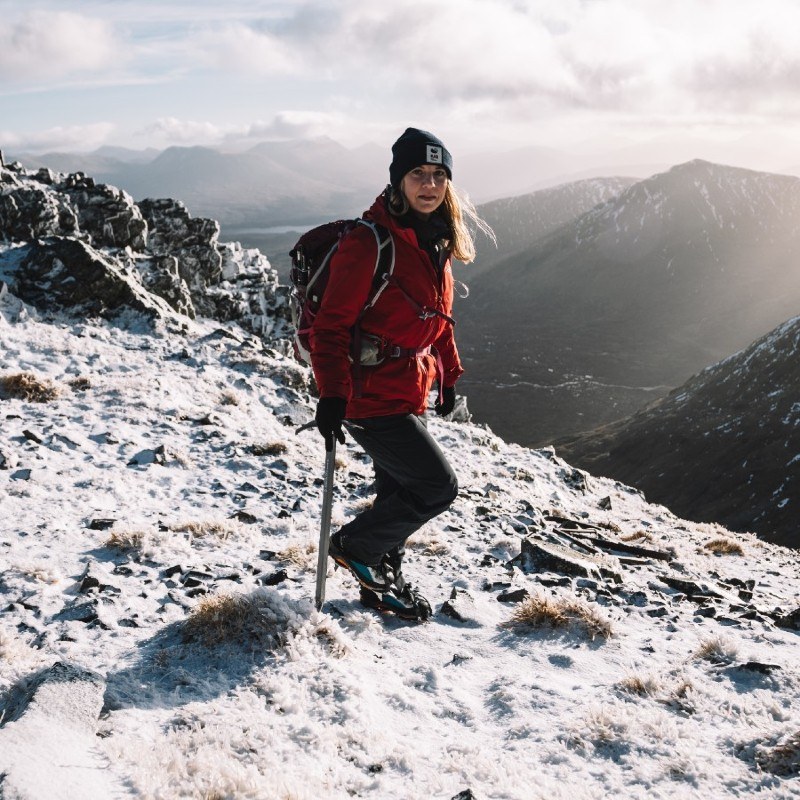
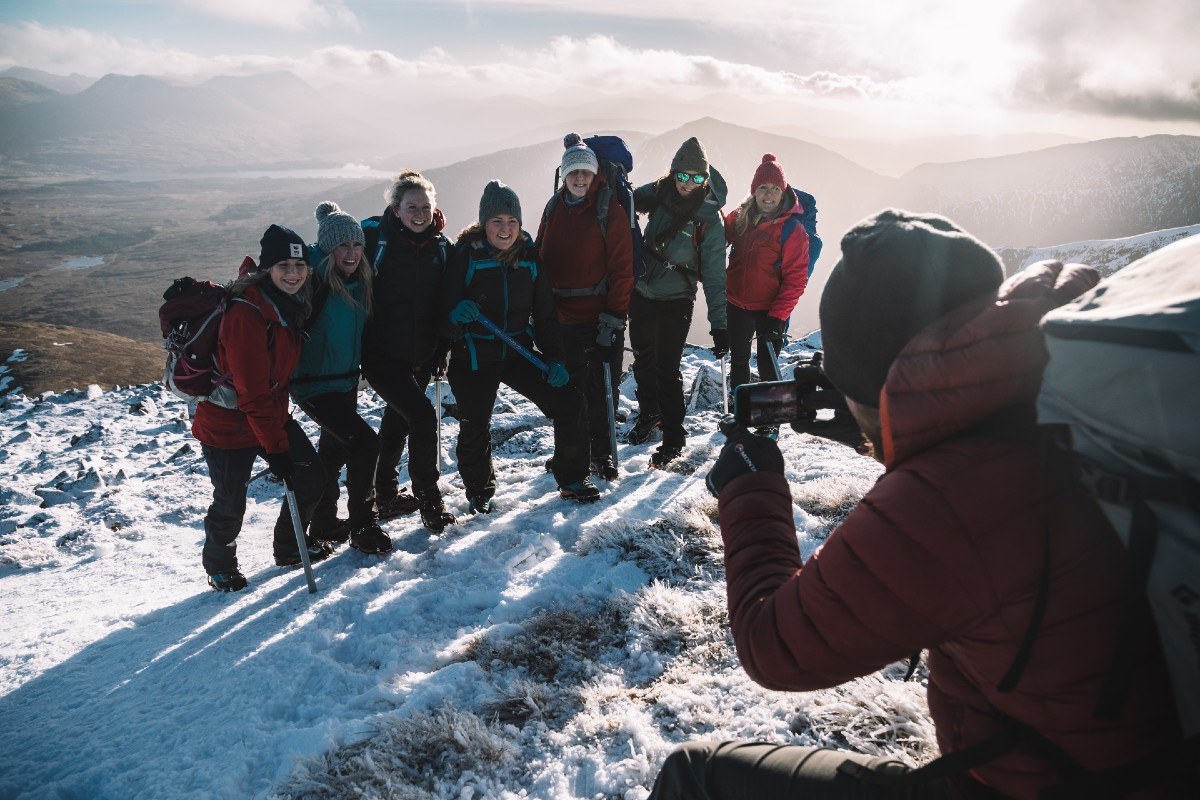
Winter mountaineering is also about meeting new folk with shared passions.
6. Get the right backpack
The best size for a rucksack is around 40 litres. Avoid ones with too many pockets, zips and straps. You want function and simplicity. Plus a loose strap hitting you in the face as a 60mph gust isn’t much fun. Make sure it has external fittings for ice axes.
Then line your rucksack with a dry bag. This is important. Most rucksacks are not actually waterproof, and the Scottish weather will find a way in. Guaranteed.
7. What to pack?
Put the kit you are likely to need least at the bottom. We would recommend investing in a Group Shelter for emergencies and always having this in the bottom of your rucksack. They are pretty compact and could save your bacon.
Take a spare fleece, and if possible a spare insulated jacket. If something goes wrong, and you and your team have to stay put for a prolonged period of time, you, or one of you will be grateful for an additional insulated layer.
Spare waterproof and insulated gloves and hat. The Scottish wind is an expert in devouring gloves and hats. Just trust us on this.
Head torch that works – check the batteries.
Compact first aid kit, with plasters specifically for blisters. Lightweight folding snow shovel. Crampons in a protective bag. Ice axe fixed externally to the rucksack. Mountaineering helmet. Goggles, the type you would wear skiing: This will help with horizontal hail and spindrift at 50mph. Map in protective clear cover and compass [plus spare of both]. Emergency whistle. Mobile phone, carefully insulated so the cold doesn’t kill it. Easily accessible snacks and liquid.
8. Technical Equipment
For winter mountaineering the focus here is an ice axe and crampons. These are essential tools for winter and require a level of skill and experience to use them effectively.
If you join one of our winter courses we will supply this equipment and focus on technique and skills. You can see details here.
We would also advise that as good practice you include a mountaineering helmet within your winter kit. Use it when on broken and steep terrain where there is snow and ice.
9. Mountaineering Boots
If you don’t get this bit right, everything else will be miserable. This needs time, thought and research. It’s a big investment, so buy once and buy well. Don’t do this online to save a few dollars. Go somewhere like Tiso and get professional advice, and while you are at it you can look into compatible crampons.
Try on different brands and see what works for you. At around £300 it’s your most expensive piece of kit: think of it as an investment in yourself and the adventures in front of you. Alternatively if you join Ocean Vertical on a winter mountaineering day, we will supply you with boots before you make your own decision to invest.
10. Navigation
Navigation in winter conditions can be a whole different beast to navigation in summer conditions. When snow is lying on the ground, terrain can look very different, with paths, outcrops and features hidden under the white stuff; not to mention the reduced hours of daylight and often-poor visibility!
You, or someone in your group must have and know how to use a map and compass. Your pre-planned route should be easily visible on your map, within its clear protective cover. It could also be advised to have a spare map and compass.
Gadgets can be your friend, there is nothing wrong with using a GPS or OS mapping system on your phone, these are great navigation tools but not a replacement for key map and compass skills. Be prepared for batteries to quickly get zapped by the cold.
You should have a plan A and B, based on dynamic risk assessment and never be shy of a plan that cancels the whole thing. Knowing when to turn back is super important.
Ocean Vertical are here to help.
Ocean Vertical are here to help you open up a new world of safe experiences in the Scottish mountains. Please contact us for a chat, and to see our winter courses.
#WelcomeToAdventure
"Thank you to Mollie and the team for an amazing day in the winter mountains! Despite some tricky weather, I had an amazing day and the team really helped me brush up on my winter skills. It was such a friendly and fun environment, really recommend these guys!"
Clare | Edinburgh
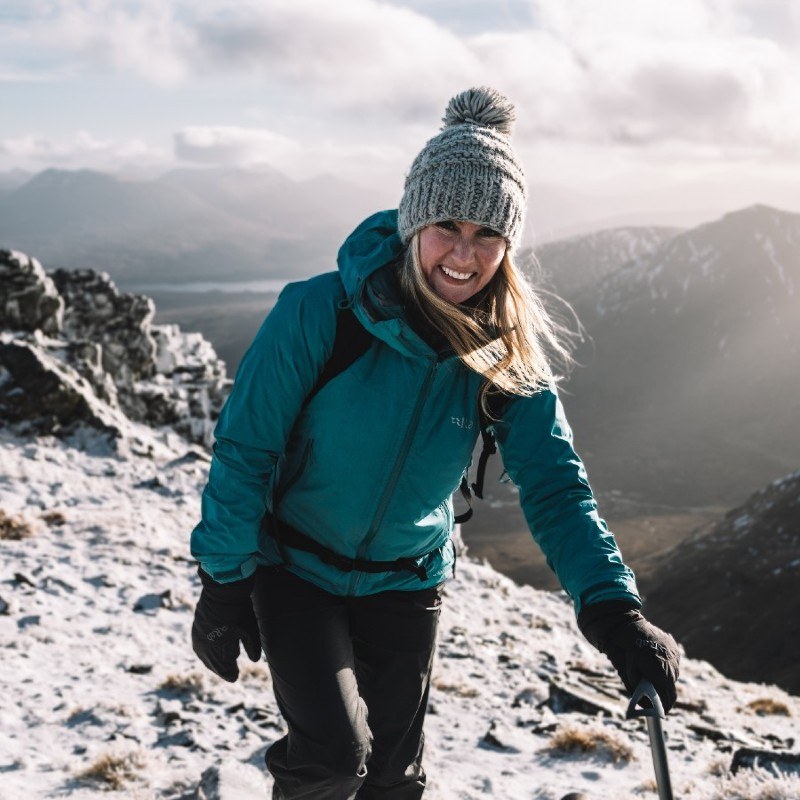
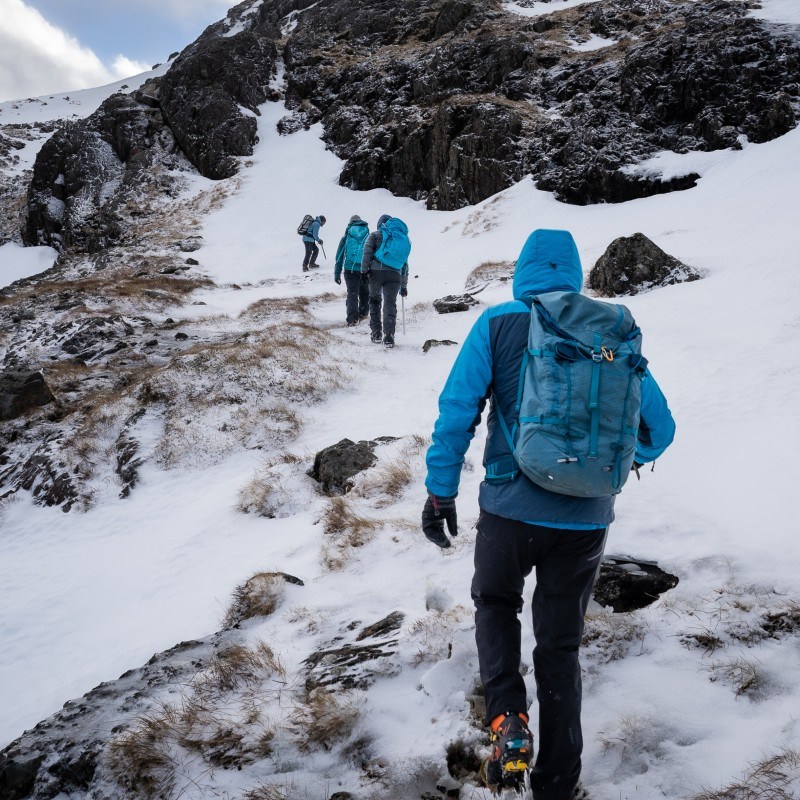
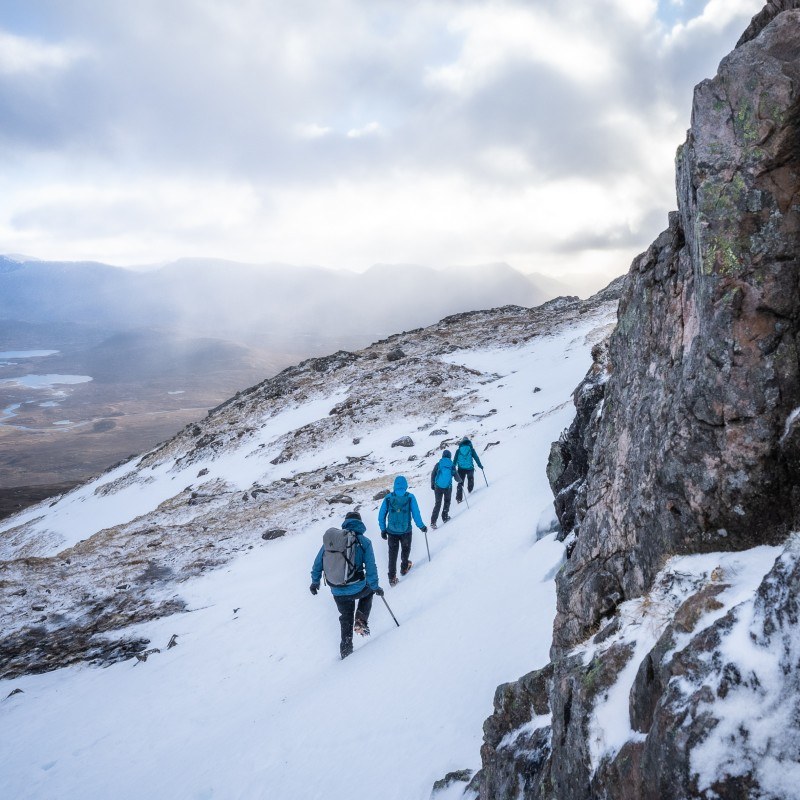
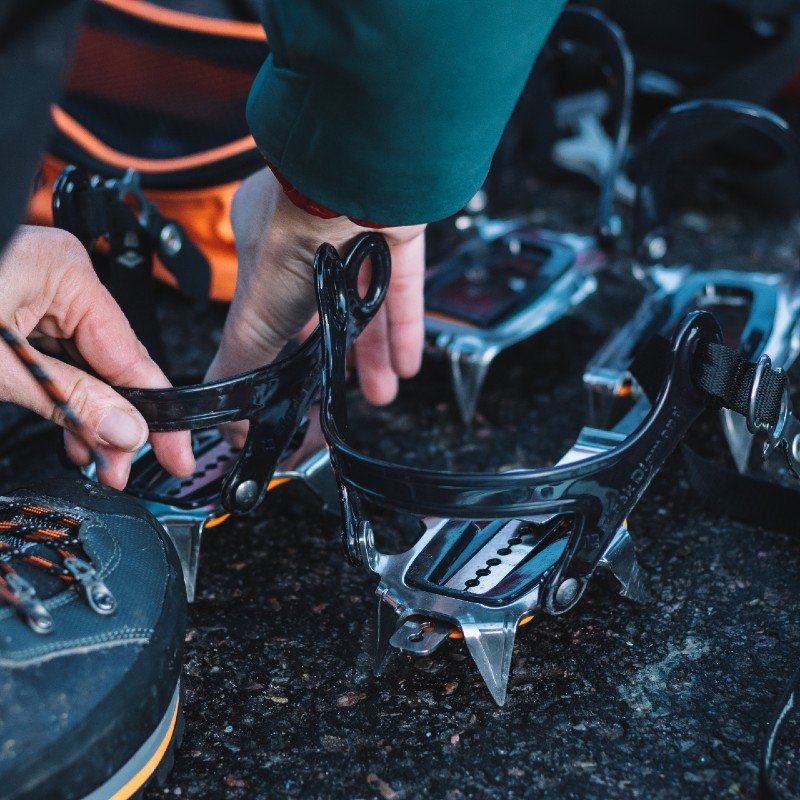
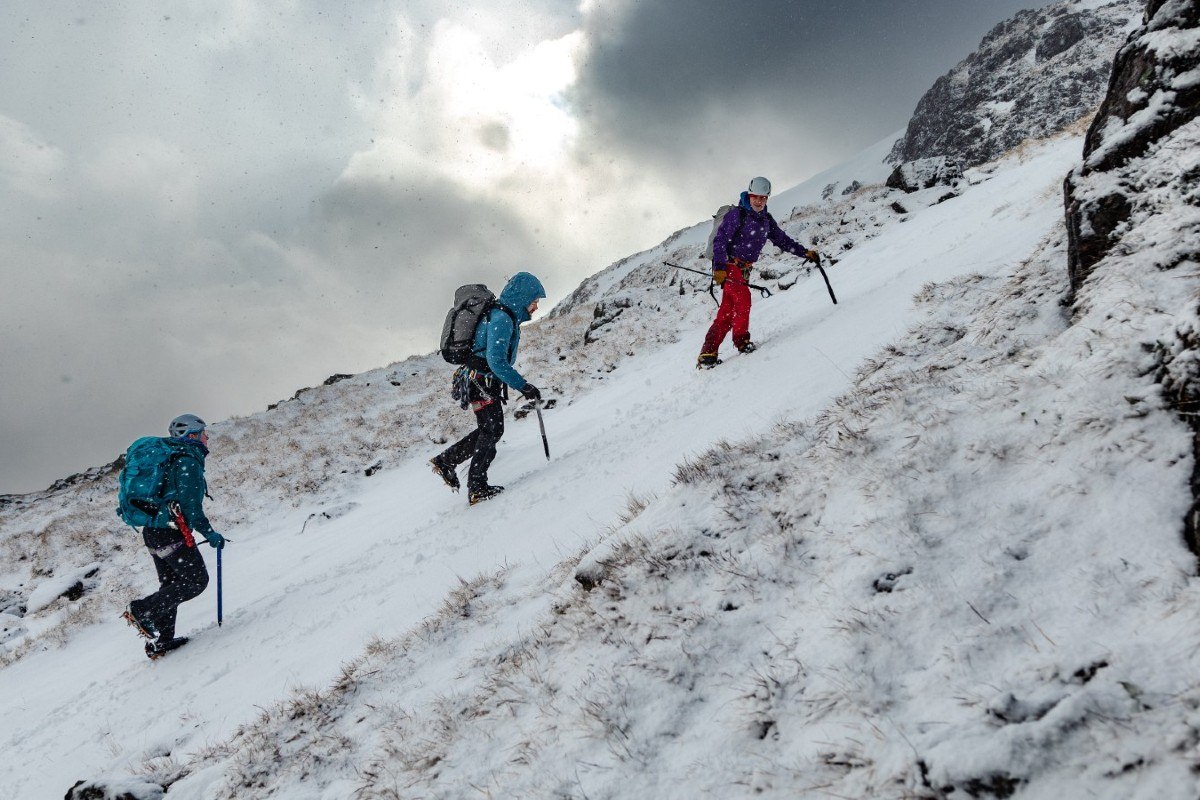
Share
